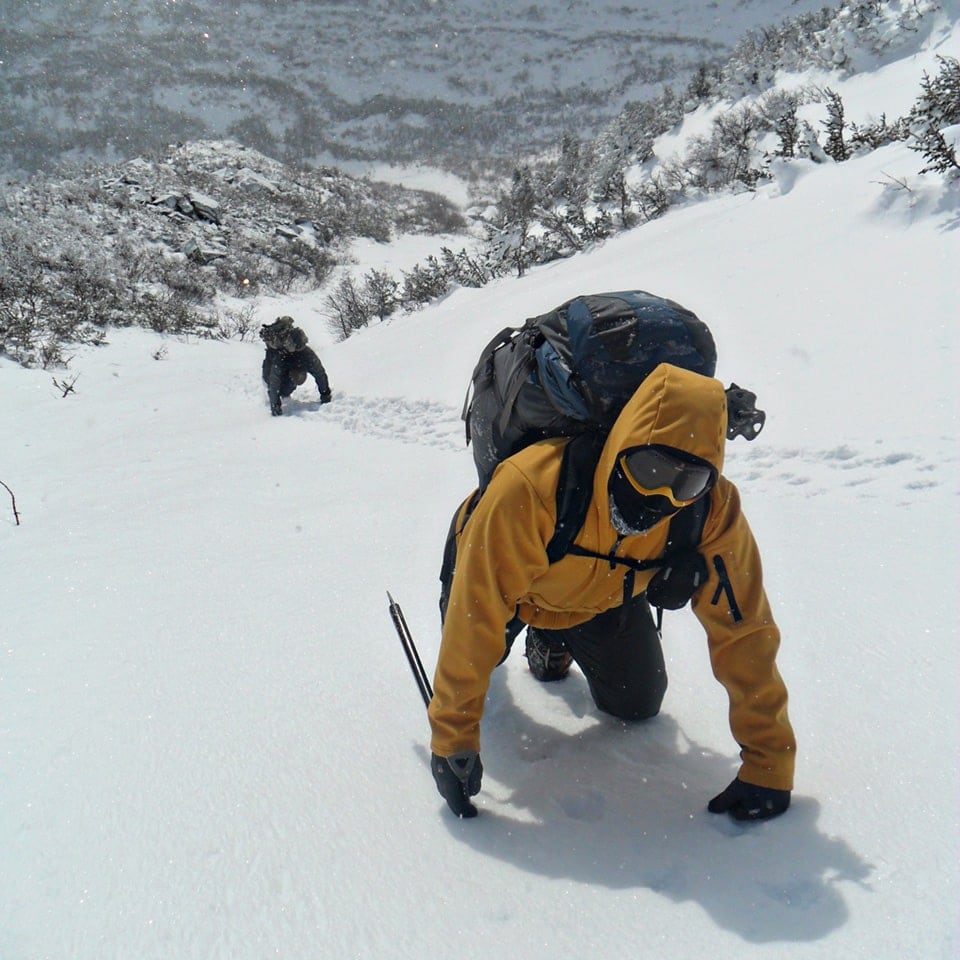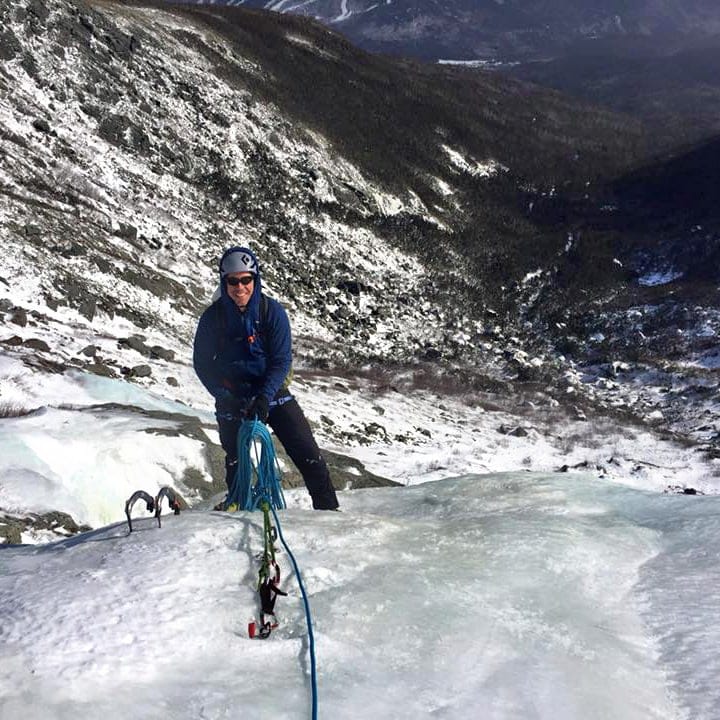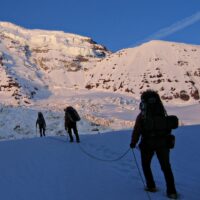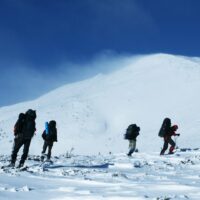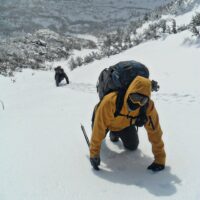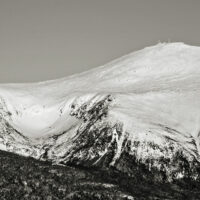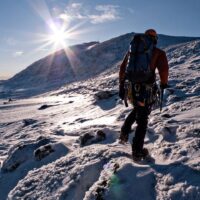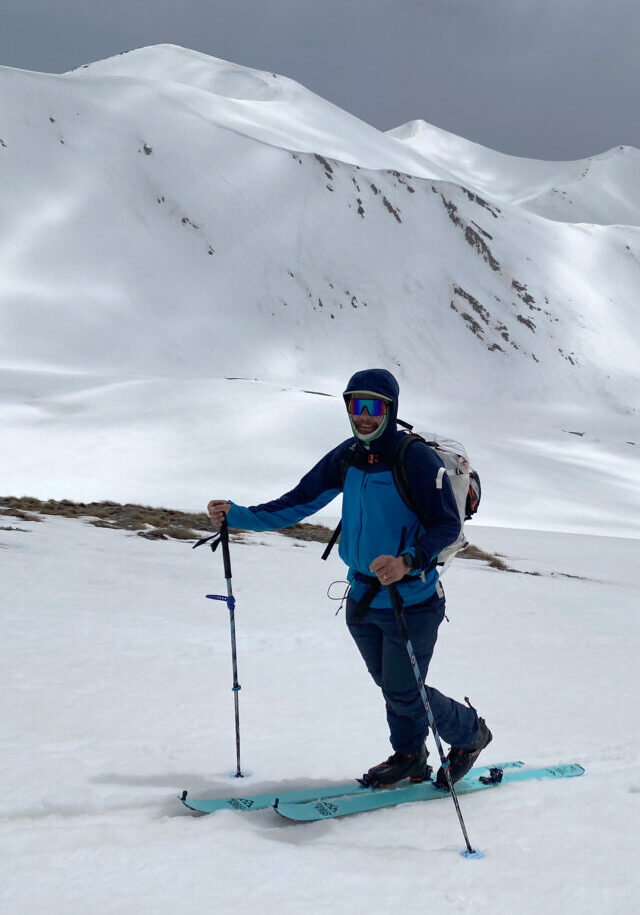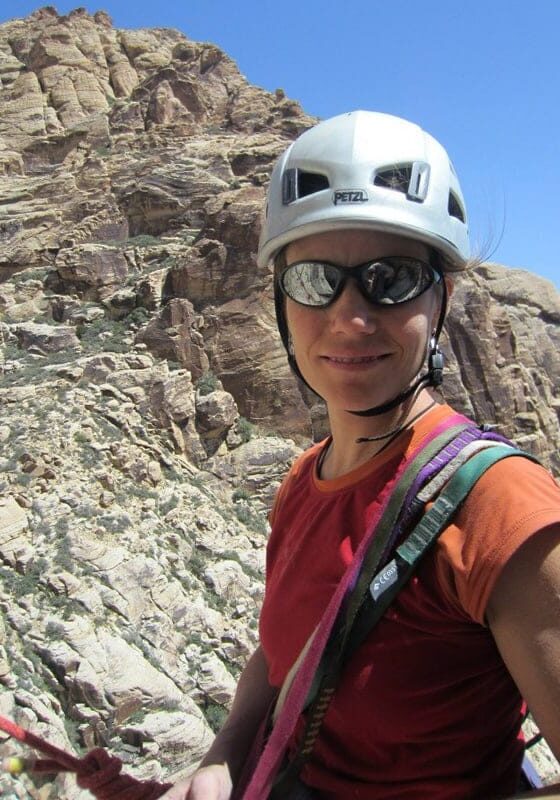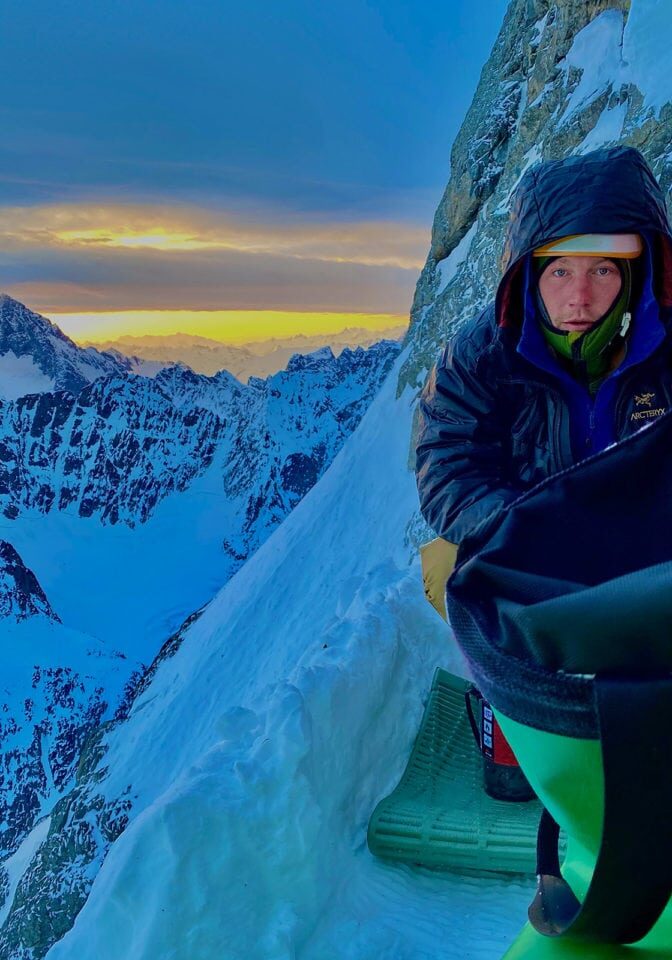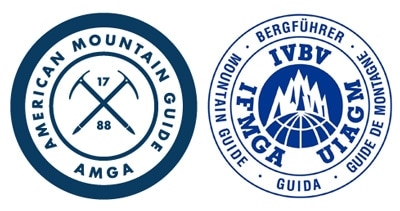Our very popular Mountaineering Skills course is available from December through April (as conditions permit). We can tailor this course to your skill level, from introductory to advanced. This course is available in two lengths (with or without an overnight):
- 3 days with or without 1 overnight
- 2 days with or without 1 overnight (an alternative for people who may find it difficult get 3 days free in their schedule)
- Overnight or no overnight? If you already have solid winter camping skills, we would recommend choosing the no overnight option as that will give us more time and energy to focus on mountaineering skills, movement, and locations.
While many people take this course over a weekend, we can easily accomodate midweek courses. We have several excellent guides on our roster, which means we can essentially customize a course for you or your group according to your individual needs and schedule. If you’re looking for mountaineering instruction or guiding in a shorter (or longer) timeframe, check out our Custom Mountaineering option.
The course cost includes all of the technical equipment: mountaineering boots, crampons, ice axe, harness and helmet. Clothing is your responsibility, so contact us for an equipment list.
This course is available as a private, pre-existing group, or via our Flexible Booking option (we’ll try to match you with other climbers).

